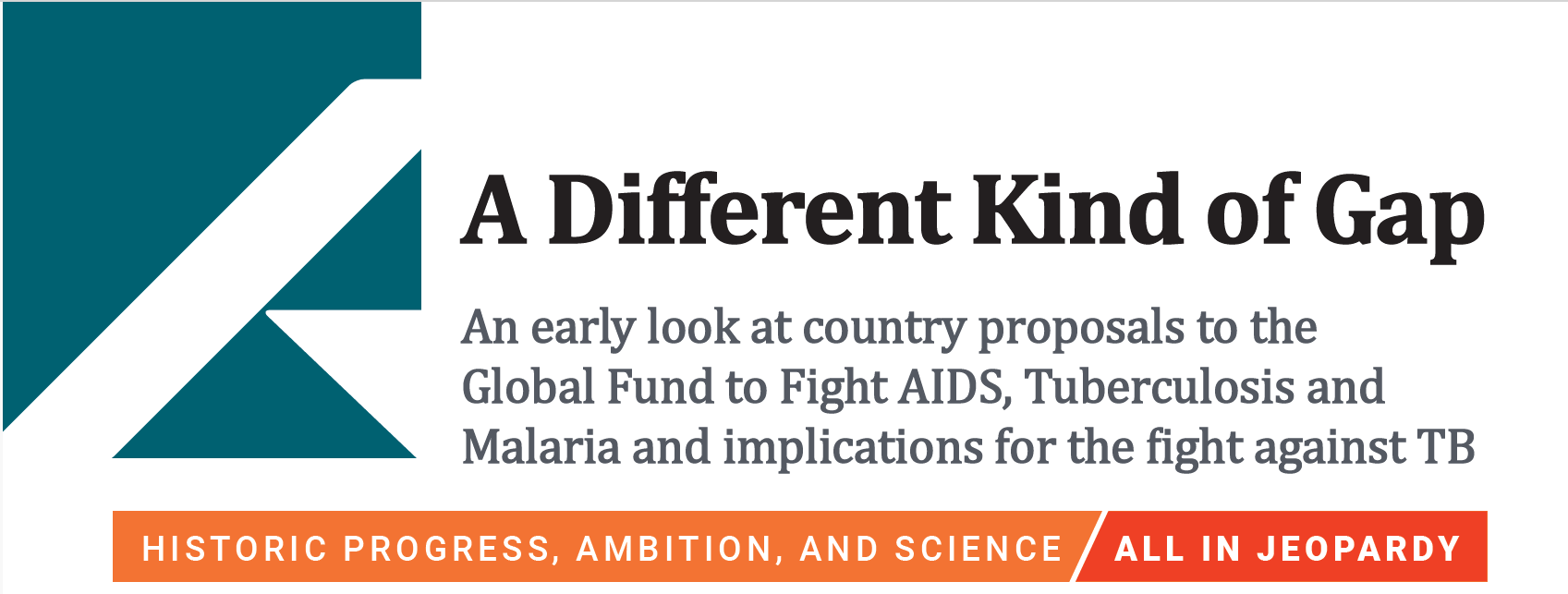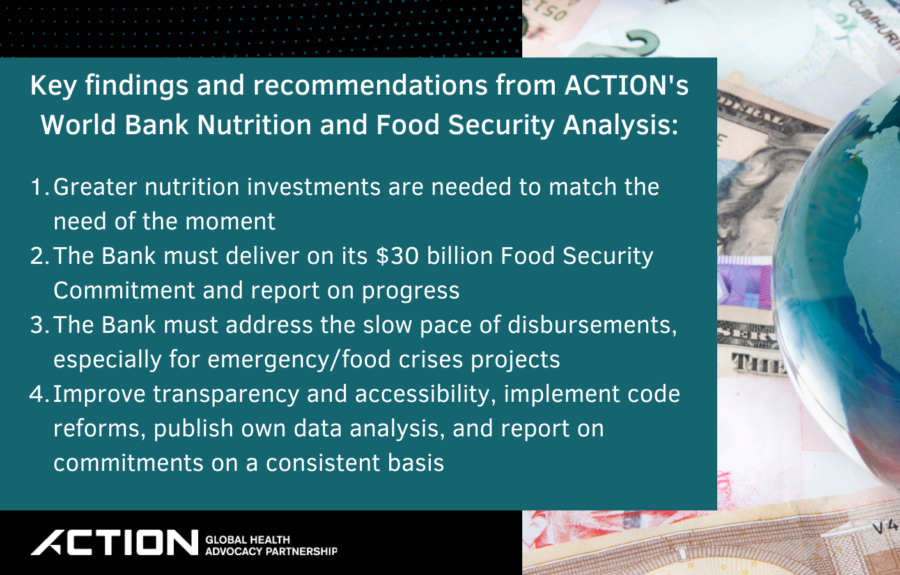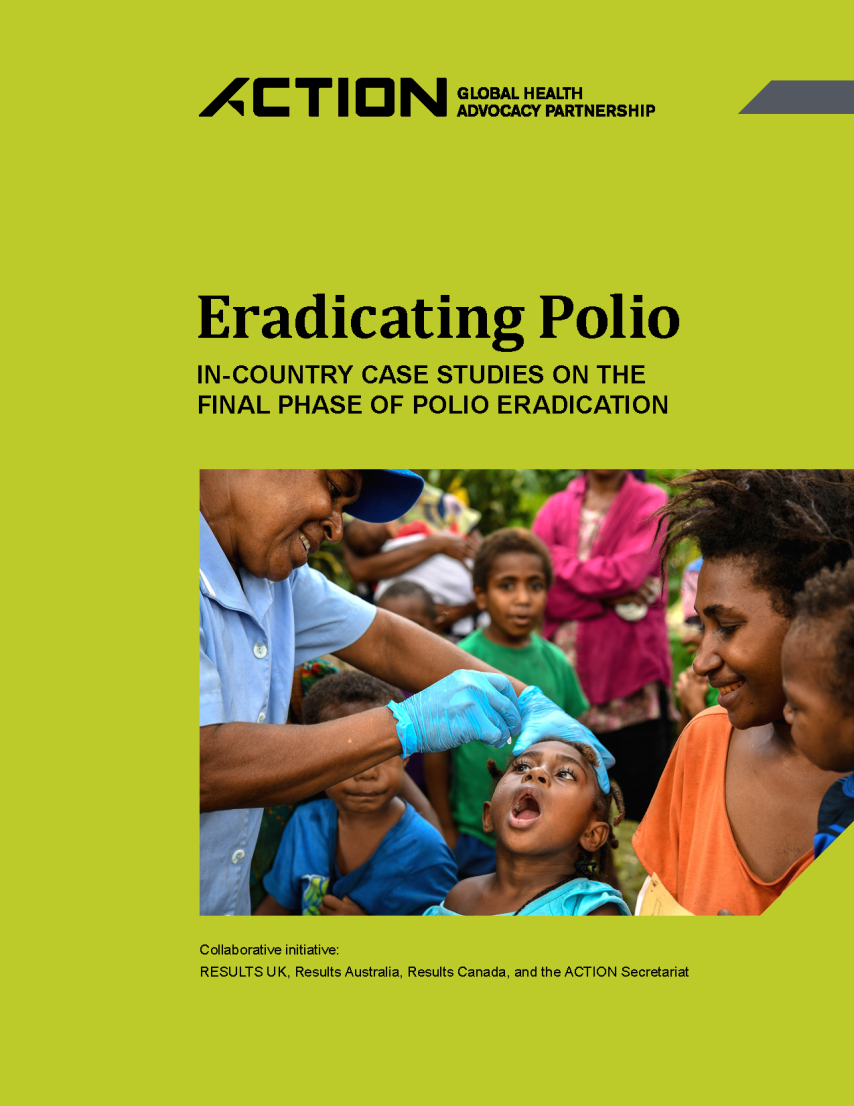I am Florence Sibomana from Rwanda, a young female medical student and youth leader for nutrition. I am here today to speak out for child survival towards Agenda 2030.
I am here to advocate for nutrition financing to end malnutrition, which is the underlying cause of death for at least 3.1 million children and accounts for 45 percent of all deaths among children under the age of five.
Actually, I grew up in a village where malnutrition was a big issue, where our neighbors did not have enough food and had a big number of children—some of them stunted. The stunted children repeated countless number of classes. Imagine how painful it is to live in a village and have 38 percent of children, which is 2 in 5, stunted, affecting their academic performance and ultimately their productivity in the future. In addition, stunting will also make these children more susceptible to different diseases due to a weak immune system increasing overall health care costs for them. Stunting isn’t just a physical thing; it is an irreversible condition that affects the development of a child’s brain, which can affect a child’s ability to learn and work throughout their life.
These figures are unacceptable to me. I am medical student training to be a medical doctor. But, I am also a community health advocate determined to use my voice to ensure commitments to tackling malnutrition actually mean change in Rwanda — but also globally — to ensure the children in my village and my country — worldwide — do not suffer unnecessarily from malnutrition. Without tackling malnutrition, the scandal of preventable child deaths will continue and we will not be able to deliver on the SDGs.
In 2012, the 194 member states of the World Health Assembly (WHA) endorsed the first ever global targets to improve nutrition, focusing on six areas: stunting, exclusive breastfeeding, wasting, anemia, low birth weight, and overweight. And, while some of the targets were enshrined within Sustainable Development Goal (SDG) 2, which commits to end malnutrition in all its forms by the year 2030, the world is not on track to achieve any of the six nutrition targets.
I acknowledge what Rwanda has done and continues to do to decrease malnutrition through various initiatives, such as:
- the engagement of community health workers in nutrition, hygiene, and family planning education;
- the implementation of breast feeding campaigns;
- the distribution of fortified flour to pregnant mothers and infants in vulnerable families;
- the one-cow-per-poor-family program;
- and the rolling-out of the National Early childhood development program.
The World Bank, Results for Development Institute (R4D), and 1,000 Days, with support from the Bill & Melinda Gates Foundation and the Children’s Investment Fund Foundation (CIFF), conducted an in-depth costing analysis, and they developed an investment framework for achieving four of the six global nutrition targets. However, more needs to be done, especially in nutrition financing and the coordination multiple stakeholders to conduct interventions, since malnutrition has multiple causes.
Allow me to challenge each one of you: What do you think can be done to make progress in the journey of ending malnutrition? Why are we not able to reach these targets? For me, we need to find ways to turn these commitments into action.
I think there are three things we can do to turn our nutrition commitments into action:
- The realization of financing, from both donors and governments.
- Coordination and collaboration between different sectors—creation of mutual benefits and realization of universal health coverage.
- Inclusion of the voice of young people.
The time to commit to the investment in nutrition is now as we have all stakeholders here to ensure greater child health and prosperity for generation to come.
Florence Sibomana is young female medical student from Rwanda and youth leader for nutrition under Scaling Up for Nutrition with a passion for global health and social justice.






